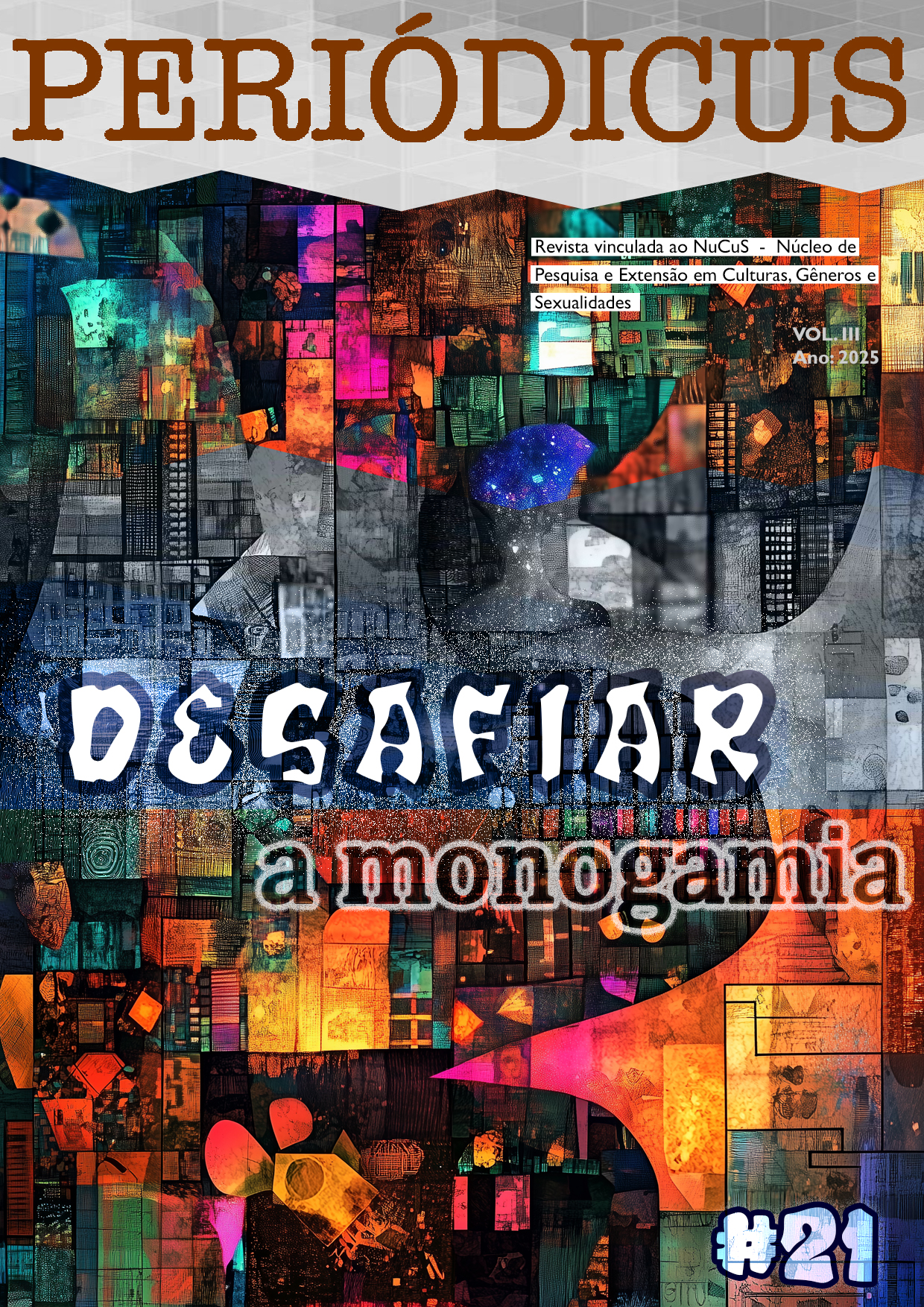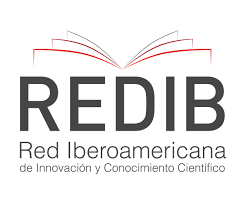Sex workers in the online web
sites and dating apps in Campo Grande-MS
DOI:
https://doi.org/10.9771/peri.v3i21.63290Abstract
Studies on male sex work mediated by online environments have become increasingly necessary to understand the dynamics, visibility strategies, and ways of constituting and representing individuals in the paid sex markets. Given the limited research on sex work conducted away from major urban centers, this study aims to understand the online-based male sex work, such as through classified ad sites and dating apps, in the city of Campo Grande (MS). Thus, initiated in 2020 and concluded in 2023, this article is part of a broader study carried out through online ethnography. It involved cataloging ads, profiles, and informal conversations with some interlocutors. Among the various analytical possibilities, we highlight how negotiation occurs in the online realm and the strategies used to appropriate this universe, without disregarding the tensions, strategies, and articulations between social markers of difference. We demonstrate, among other configurations of sex work, how the relationship between body, eroticism, and technology establishes new connections, seductions, and amplifies desires.
Downloads
Downloads
Published
How to Cite
Issue
Section
License
Copyright (c) 2025 Alan Pereira Ribeiro , Guilherme R. Passamani

This work is licensed under a Creative Commons Attribution-NonCommercial 4.0 International License.
Authors who publish in this journal agree to the following terms:
Authors retain copyright and grant the journal the right of first publication, with the work simultaneously licensed under a Creative Commons Attribution Noncommercial License that allows the work to be shared with acknowledgment of authorship and initial publication in this journal, but prohibits commercial use.
Authors are authorized to enter into separate additional contracts for non-exclusive distribution of the version of the work published in this journal (e.g., publishing in an institutional repository or as a book chapter), with acknowledgment of authorship and initial publication in this journal.
Authors are permitted and encouraged to publish and distribute their work online (e.g., in institutional repositories or on their personal website) at any point before or during the editorial process, as this can generate productive changes and increase the impact and citation of the published work (see The Effect of Open Access).








